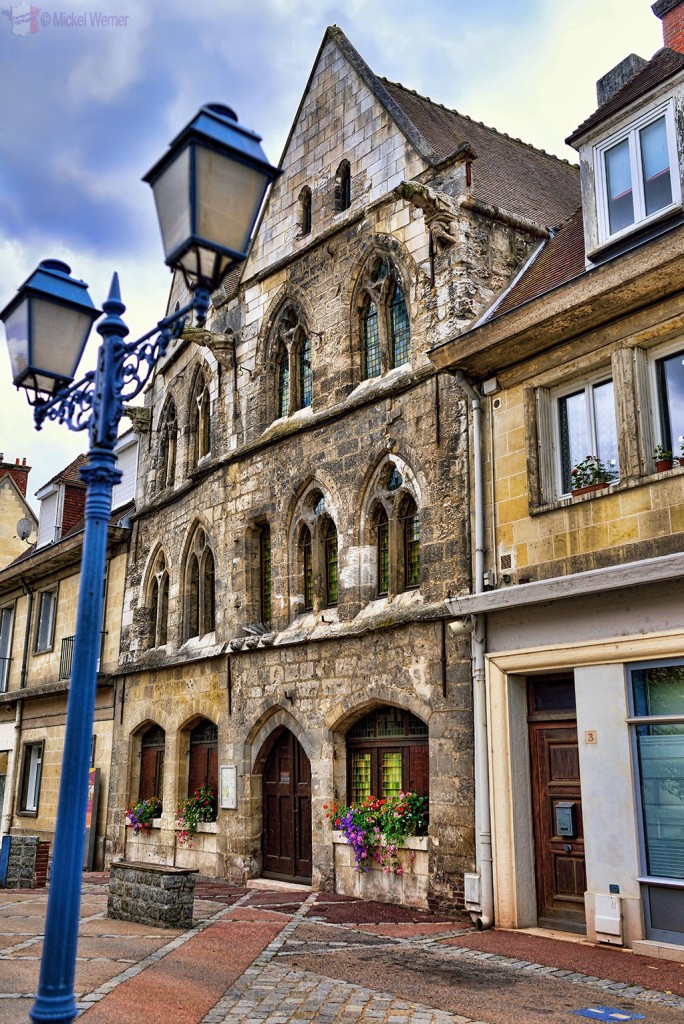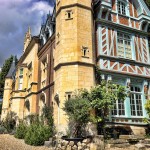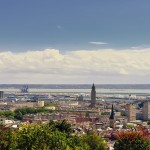NOTE: Caudebec-en-Caux has recently merged (2016) with other towns nearby and is now called “Rives-en-Seine“. However, since the artists called the town by its original name in their paintings, we will continue to refer to the place by its old name.
Although not a town that you would go to especially for the sights, if you are in the neighbourhood it’s worth a quick stop, especially since it’s located right next to the “Pont de Bretonne”, one of the 3 bridges that cross the Seine river in Normandy. Caudebec-en-Caux is a small town, some 2500 inhabitants, that is located on the banks of the Seine river.
The Pont de Bretonne bridge is located right next to it and visible from the town.
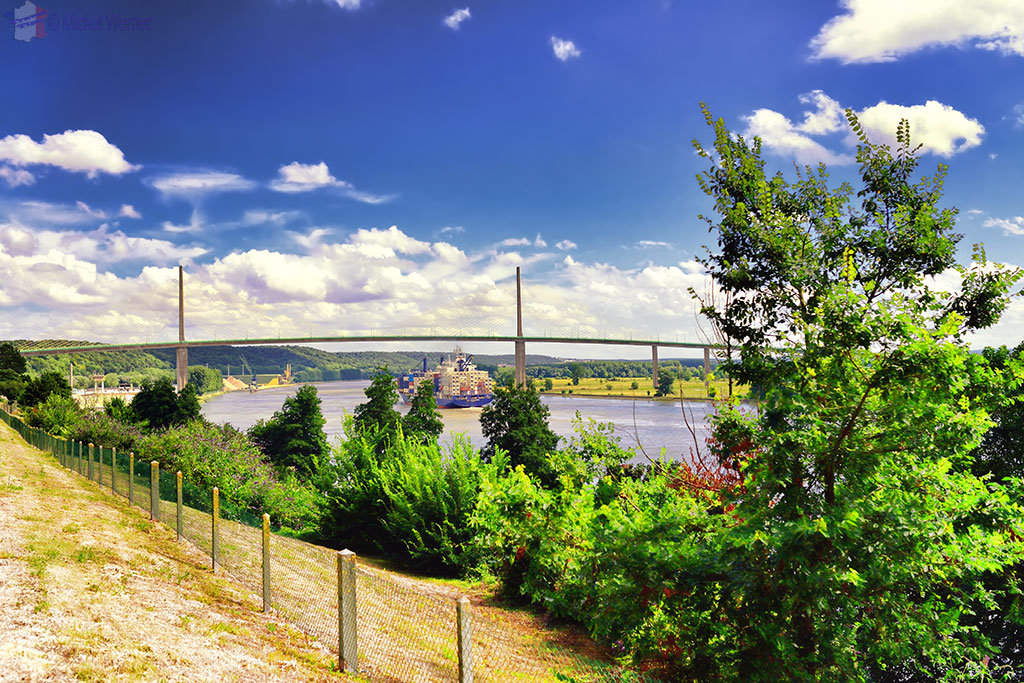
Built in 1977, it was the first bridge in the world to use prestressed concrete and had been considered an engineering marvel. It rises 50 meters (55 yards) above the Seine river and there is a pedestrian path allowing you to cross over the river on foot.
The town itself is not worth much as a architectural landmark. Although the town dates back to early 900’s, today, the houses are made of prefab concrete and hastily put together.

And the reason is the obvious one in Normandy; World War II. At the beginning of the war (1940), while the Germans were advancing into France, the local French population decided to escape to the South. To do that, they needed to take one of the several river ferries (there was no bridge in those days) operating on the Seine river (in French called a “Bac”. Several are still in operation and are free). Cars were lined up in all the town’s streets waiting for their turn to cross. Then the Germans decided to sink the Bac ferries, but their airplanes missed the boats and hit some of the waiting cars. Rapidly, all the cars caught fire, and burned down 80% of the town. Only the houses built out of stone survived, the remainder, timber and straw houses, were burned to the ground in a fire that raged for days.
When the inhabitants returned to their burned down town, they quickly rebuilt in, hence the not- so-pretty face of the town. Instead of destroying all the houses and rebuilding at a later stage, the town’s council has been trying to make the rest of the town more pleasant to the eye:
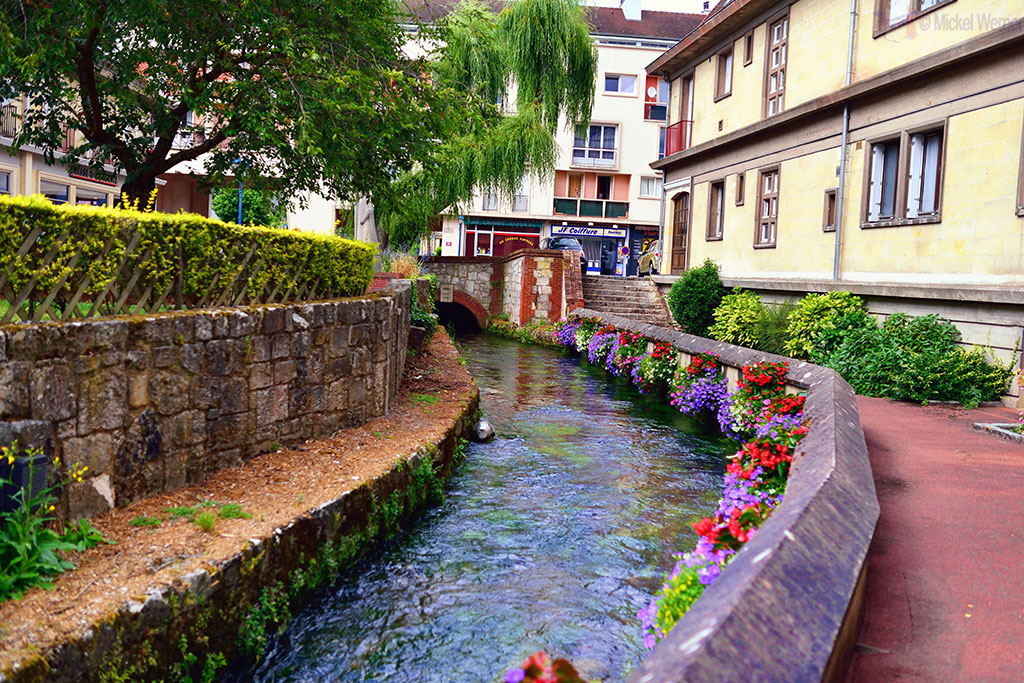
So they constructed some nice walkways and parks to make the town more enjoyable.

But this does not merit a stop. However, Caudebec-en-Caux has two other attractions that do merit some attention. First, the Notre-Dame church:
Notre-Dame church
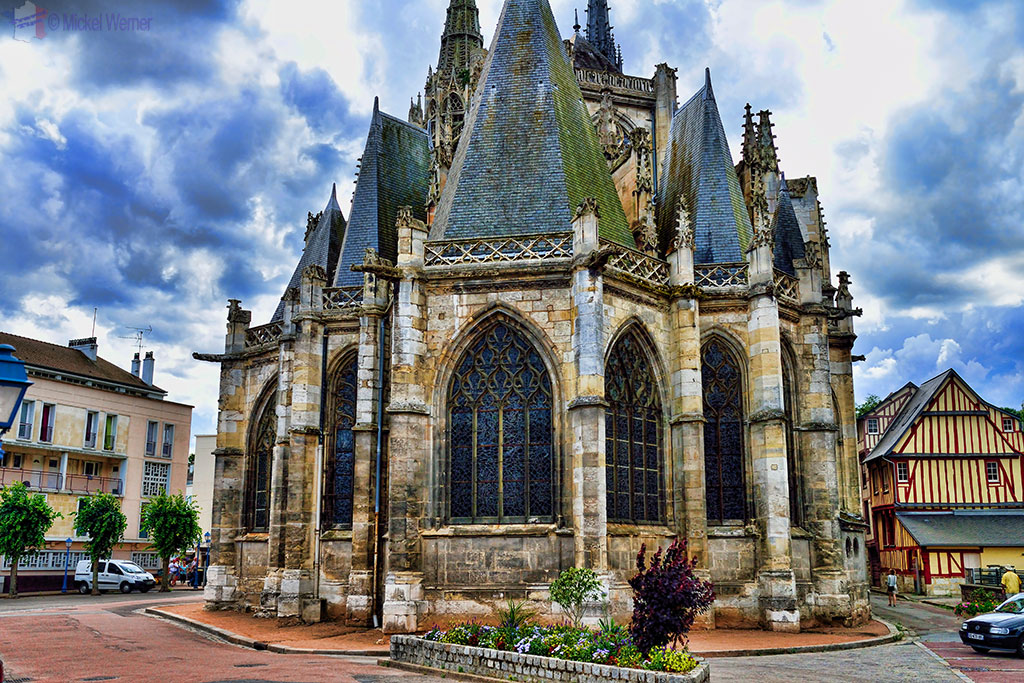
Built in the 15th century, King Henri IV stated that it was the prettiest church in his Kingdom. The stained-glass windows from the 15th century has been one of its main attractions, but the stained-glass windows from the 16th century have been, and still are, famous.
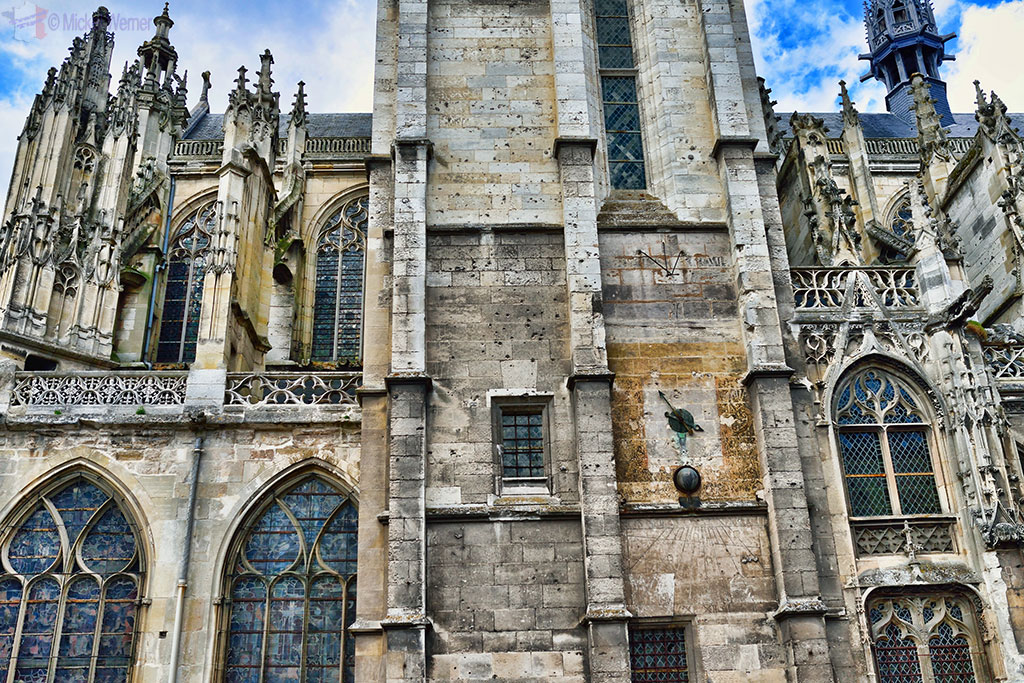
The outside of the church still shows the signs of World War II, despite having survived the fire. Bullet holes and burned stones mark the church.
The second main attraction of the town is this very old house:

It is the Templar‘s House (Maison des Templiers) dating back to the 12th century. It escaped the WWII fire thanks to its stone construction, and is one of the very few typical stone houses in Normandy that is still standing.
Today it’s a museum dedicated to local history (including the Templar Knights). The Templar Knights have had a colourful history (including their alleged offspring, the Freemasons) and this museum is a landmark for fans of the Templar Knights. At the time of writing this, the museum is closed due to renovations.
Another interesting building to see is the Town Hall (in French Mairie).
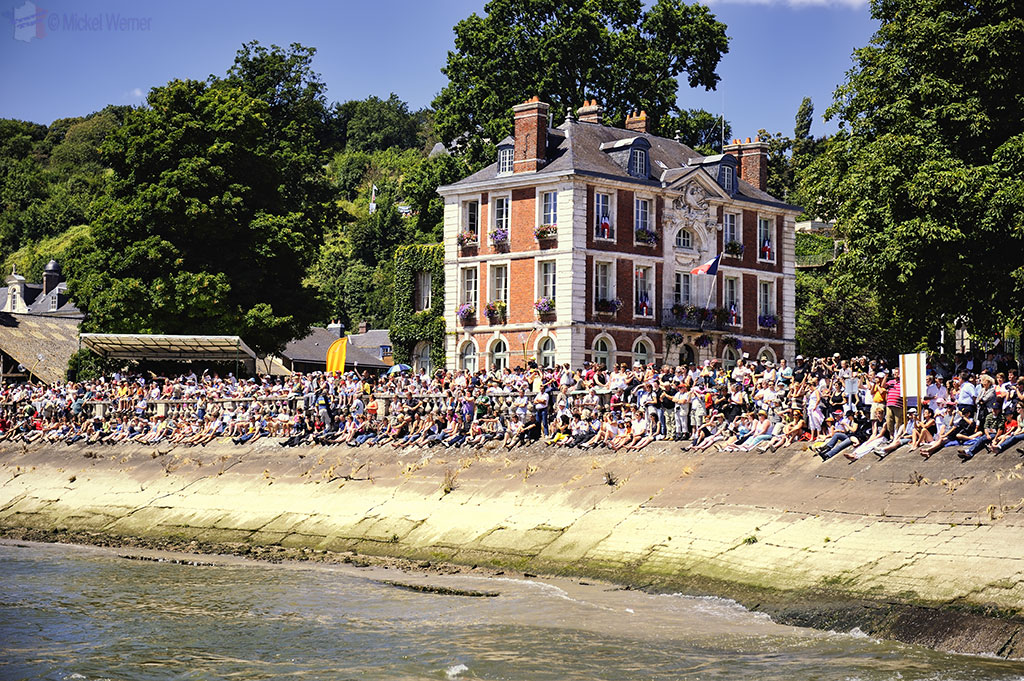
The Town Hall is the Caumont Castle (Chateau de Caumont), built in the 18th century. The castle had hosted a radio station until it was expropriated by the town and turned into the Town Hall.
This area, and the town itself, is one of the best places to see the Armada pass (which is what all the spectators in the photo are doing).
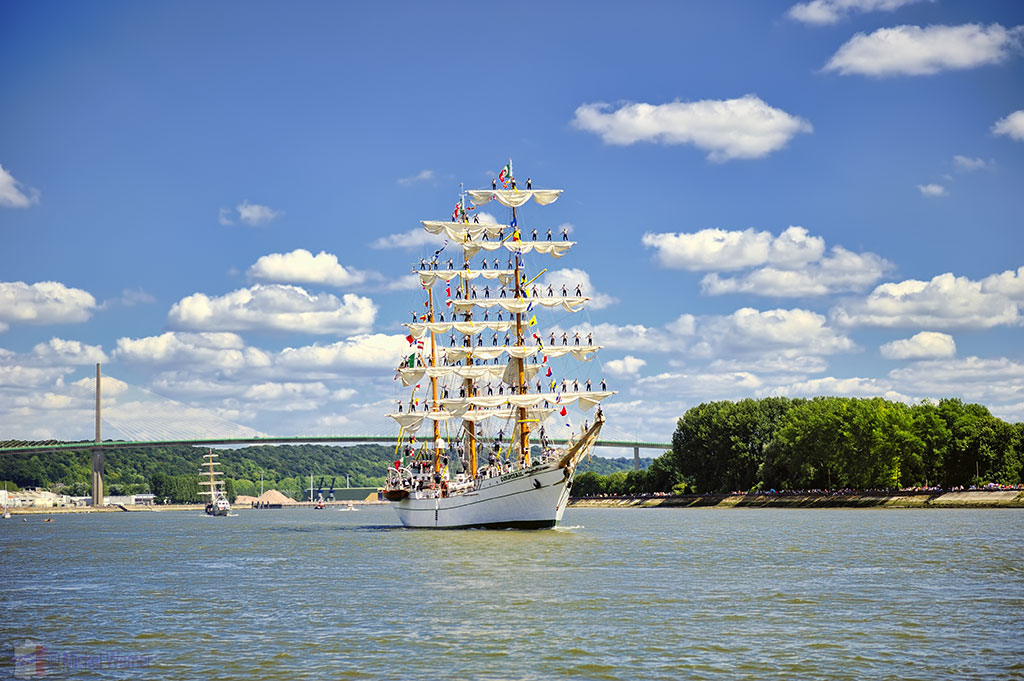
The view from the Seine river banks is fantastic.
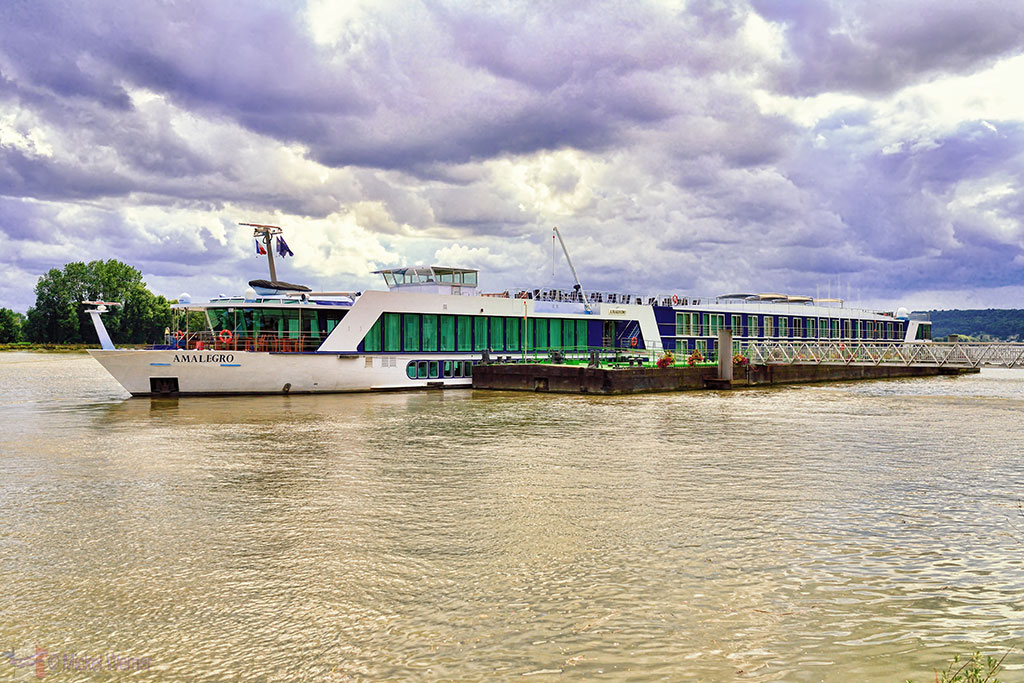
Caudebec-en-Caux is also one of the main stops for the Seine river cruise ships (ships that you can reserve that go up and down the Seine river for a week long cruise).
This part of the Seine river saw regular Tidal Bores (tidal waves) up to 2 meters in height. But after the construction of the second harbour of Le Havre in the year 2000, the tidal waves were greatly diminished, but occasionally one can still see them.
Caudebec and the Artists
Caudebec was central enough, and scenic enough, for many artists to come and paint it. Several famous artists, including Raoul Dufy, came here to paint this picturesque town.
Artists featured here who painted in Caudebec-en-Caux (but not limited to) are (names marked with a “*” indicates that the artist did NOT work directly in Caudebec, instead worked in villages nearby):
- 🇫🇷 Binet, George ⇠
- 🇺🇸 Boggs, Frank Myers ⇠
- 🇬🇧 Bonington, Richard Parkes ⇠
- 🇫🇷 Boudan, Louis ⇠
- 🇫🇷 Boudin, Eugene-Louis ⇠
- 🇬🇧 Boys, Thomas Shotter * ⇠
- 🇬🇧 Burgess Jr, John * ⇠
- 🇬🇧 Callow, William ⇠
- 🇬🇧 Cameron, David Young ⇠
- 🇬🇧 Childers, Milly ⇠
- 🇫🇷 Corot, Jean-Baptiste Camille * ⇠
- 🇬🇧 Cundall, Charles ⇠
- 🇦🇺 Davies, David ⇠
- 🇬🇧 Dolby, Edwin ⇠
- 🇫🇷 Dufy, Raoul ⇠
- 🇫🇷 Garneray, Ambroise Louis ⇠
- 🇫🇷 Gernez, Paul-Elie ⇠
- 🇫🇷 Gudin, Theodore ⇠
- 🇫🇷 Lemaitre, Leon-Jules ⇠
- 🇫🇷 Letellier, Emile-Andre ⇠
- 🇬🇧 Prout, Samuel * ⇠
- 🇬🇧 Schafer, Henry Thomas ⇠
- 🇬🇧 Smallwood, William Frome * ⇠
- 🇬🇧 Talbot, Rosamund Constance ⇠
- 🇫🇷 Thorigny, Felix * ⇠
- 🇬🇧 Turner, Joseph Mallord William ⇠
Summary
Caudebec-en-Caux is not exactly a place you would go to specially (unless you are maybe a Templar Knights fan), but if you are in the neighbourhood, or need to cross the Pont de Bretonne, it’s a nice stopover for a few hours.
Related Posts
- 10000
- 10000
- 10000
- 10000
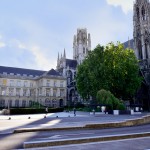 Rouen has a lot going for it, and a few things that are not so nice. But after a visit to Rouen, you will leave with two impressions in your mind: the sheer number of churches & cathedrals and Joan of Arc (in French "Jeanne d'Arc"). Because this is the city…
Rouen has a lot going for it, and a few things that are not so nice. But after a visit to Rouen, you will leave with two impressions in your mind: the sheer number of churches & cathedrals and Joan of Arc (in French "Jeanne d'Arc"). Because this is the city…
